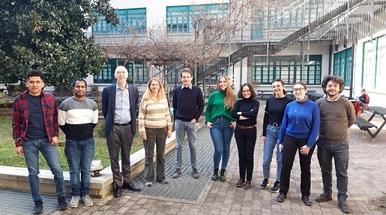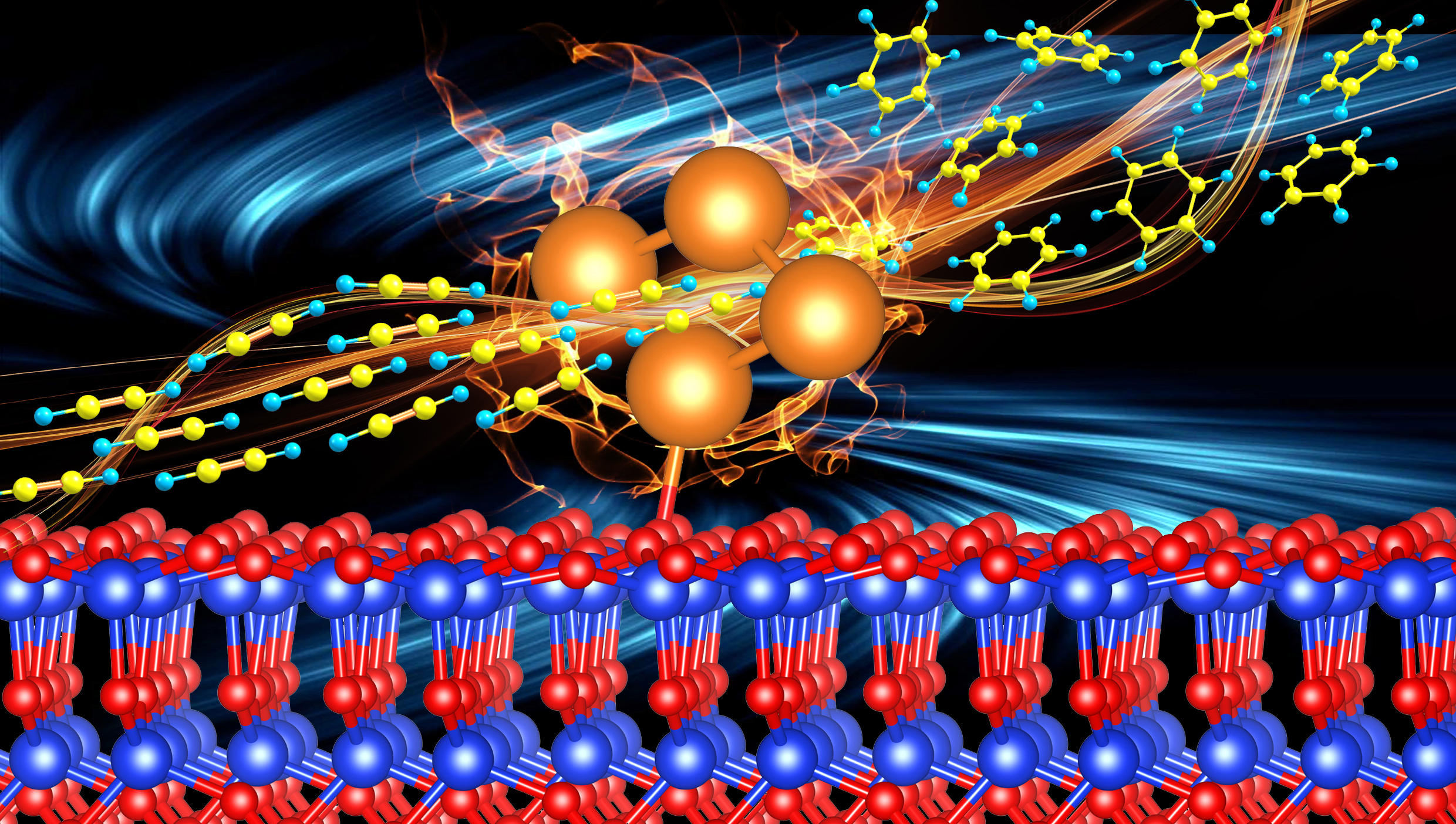Theory of inorganic materials for energy and environment

The understanding of the structure-properties relationship is of fundamental importance for the design of new materials. In our group, we study the nature and properties of inorganic materials for energy and environment by Density Functional Theory calculations. Particularly important is the role of theory in the study of active sites or functional groups on surfaces, atomic and molecular chemisorption, ultrathin films, supported clusters, solid-liquid interfaces, and for the interpretation of various spectroscopies, IR and Raman, X-ray absorption and photoemission, EPR and NMR, optical transitions, STM etc.
Oxide surfaces, metal surfaces and 2D materials
Oxide surfaces and two-dimensional oxides represent a new class of materials with unprecedented properties. Our activity is directed towards the determination of their electronic and structural properties: work function changes, regular arrays of adsorption and reactive sites, properties of the water-oxide interface, etc. Attention is also devoted to the functionalization of metal- and metal-oxide surfaces with organic molecules, where it is important to thoroughly understand the binding mechanism at the surface toward possible applications in catalysis and electrocatalysis.
Single atom catalysts and supported clusters
We study the interaction of single metal atoms and clusters supported on oxides or carbon-based materials with particular attention to their activity in catalytic and electrocatalytic reactions (water splitting, CO2 reduction, production of solar fuels, synthesis of organic molecules, decomposition of organic pollutants and recovery of useful raw elements).
Oxide semiconductors and heterojunctions
Heterojunctions between semiconductors (notably oxides) are a class of materials attracting growing attention in the field of photocatalysis. This research line aims at the accurate description of the band alignment, charge transfer phenomena, quantum confinement, and charge carrier separation at the junction by means of state-of-the-art DFT calculations.
Materials for batteries
Efficient energy storage systems are important, among other technologies, to efficiently exploit renewable, but discontinuous, energy sources. Atomistic simulations may assist in the design of new electrodes or electrolytes, by elucidating their atomic and electronic structures, as well as the properties of electrode-electrolyte interface. Ongoing research lines span over various classes of layered and nanostructured electrode materials, to liquid and solid-state electrolytes.
Research Team
Dr. Giovanni Di Liberto
Prof. Livia Giordano
Prof. Gianfranco Pacchioni
Facilities
Main facilities
- Total computing power of 960 AMD Opteron cores in local facilities.
- Access to CINECA supercomputing centre facilities via an institutional account financed by the University as well as via peer-reviewed scientific proposals.
